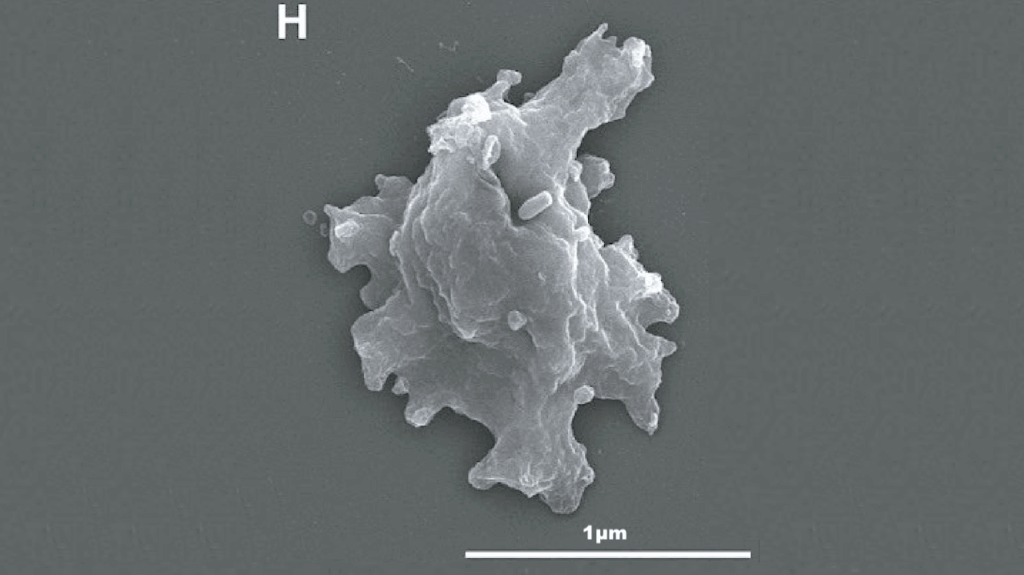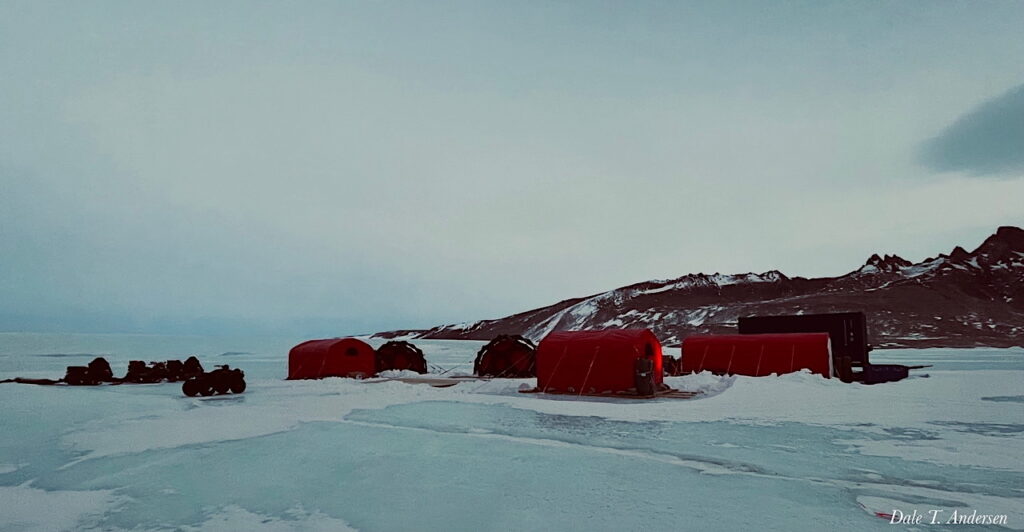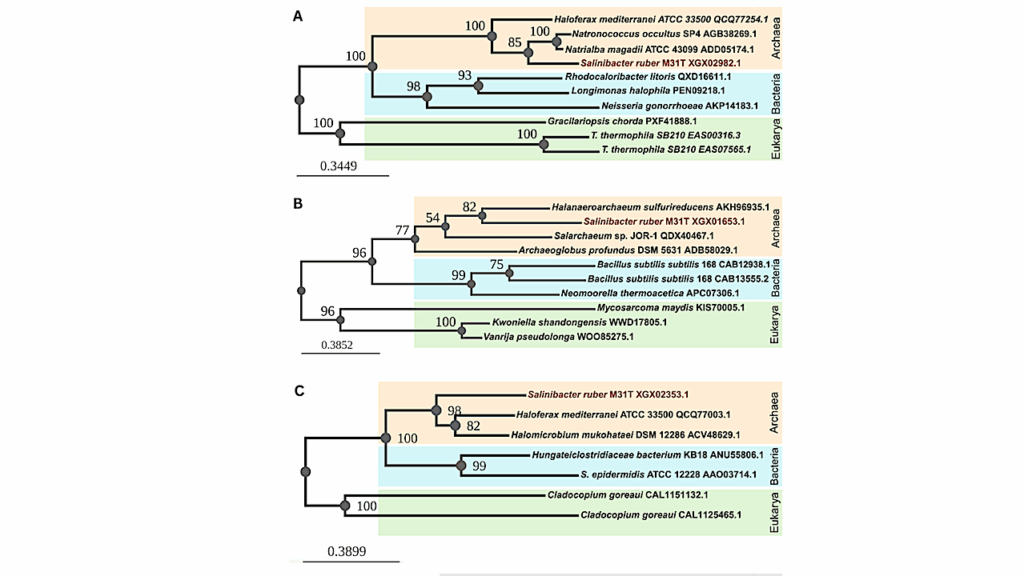Survival Of Microorganisms During Two-year Exposure Outside The International Space Station

Results of an experiment named “Test” on survival and variability of microorganisms in open space near the International Space Station are presented.
It was found after two-years exposure, spore-forming bacteria of the species Bacillus subtilis, fungi of the species Aureobasidium pullulans and archaea of the species Methanosarcina mazei S-6T, deposited on cotton wool, are able to survive, and their numbers decreased equally, regardless of whether the microorganisms belong to different taxonomic groups.
The main factors for the long-term survival could be the result of their dehydration and partial lyophilization in the vacuum of near-Earth space. For the first time, after being in outer space, cyst-like cells of the archaea strain M. mazei S-6T and a 14-day delay in their growth were detected when cultured on a nutrient medium compared to the ground-based control strain.
In 30% of fungi species strains A. pullulans, isolated after a two-year stay in outer space, the resistance to γ—radiation increased compared to the control strain.
It was found that the reaction to the action of various concentrations of hydrogen peroxide and 1% chlorine in the surviving strains of the fungus A. pullulans on the ISS is less pronounced than in the control strain.

Photo of the “Test” device installed on the ISS outside. 1—transport module; 2—exposure module; 3—rods, wrapped in cotton wool contaminated with microorganisms. — Scientific Reports

“Test” device installations locations on the outside of the Russian ISS module. Test “Test” device, SRM small research module, CM cargo module, DM docking module, SM service module (SM), P1–P4 portholes, H1–H2 hemispheres. — Scientific Reports
Survival of microorganisms during two-year exposure in outer space near the ISS, Scientific Reports (open access)
Astrobiology








